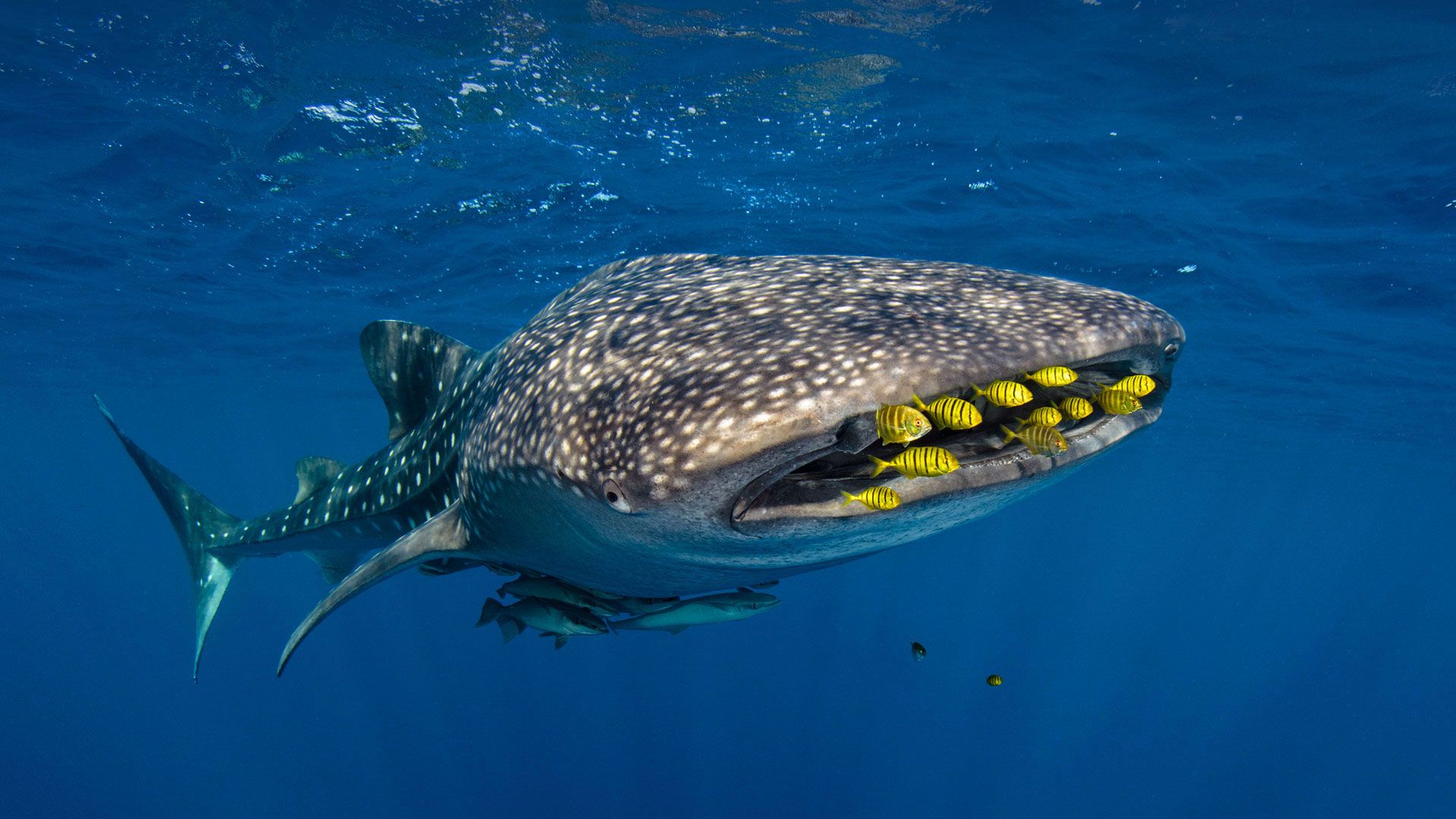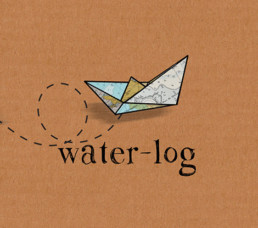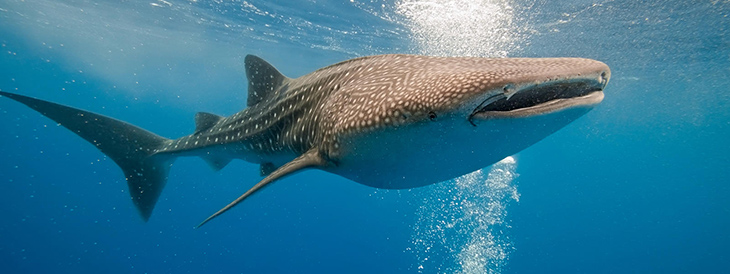
There are certain experiences that are really best managed if you live on a boat. A snatched 2 week holiday gives you a set and finite deadline to fit everything in and, particularly when it comes to matters of wildlife spotting, you need everything to line up just right to get in an animal sighting. But we don’t have all the luck and cruisers are not immune to the fickleness and unreliability of nature.
One such encounter, which ranks high in its equally unattainable and challenging characteristics, is to swim with whale sharks. Many of us have first seen these giants on David Attenborough programs and marvelled at a fish that can grow up to 20 metres but feeds only on plankton, shrimp and any small fish of 4 inches long or less. One huge appeal of the whale shark’s diet is that it makes them completely harmless to humans and even children are able to swim with them in total safety.
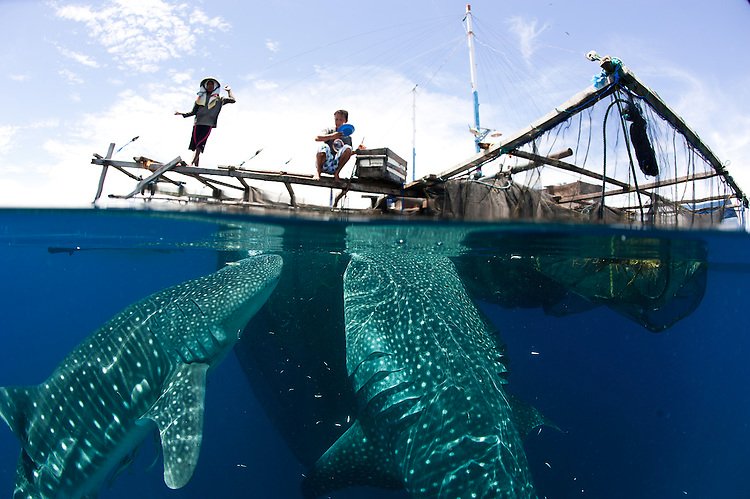
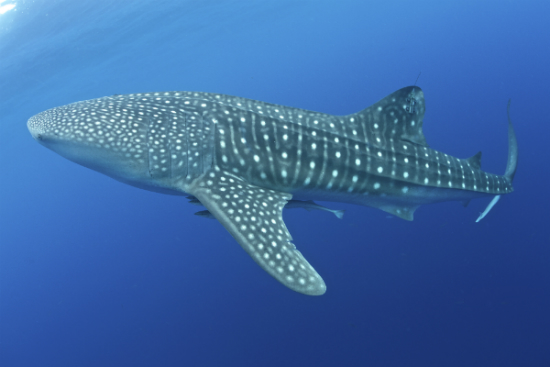
And, though their size might fool you into thinking otherwise, actually finding any to swim with is harder than you would expect. There are a number of places where their presence is seasonal but there are others where they tend to linger more and can be spotted year round, supposedly. From South Africa to Western Australia; the Maldives to Mexico; Israel to India; these mysterious creatures have been known to suddenly appear in large numbers to feed and then vanish just as fast. I’ve lost count of the number of fellow sailor’s blog entries that I’ve read with tales of frustrated cruisers trying to track down these elusive beasts all to no avail.
Luckily, Indonesia has a number of hotspots where the spotted shark, also called “gurano bintang – star shark”, might be seen more frequently. The star label refers to the large white polka-dots covering the shark’s dark grey blue skin, resembling the milky way. Cenderawasih Bay and Triton Bay, both in Papua, Indonesia, have become quite notorious for whale shark sightings but they have also become regular visitors to Flores and to Western Java.
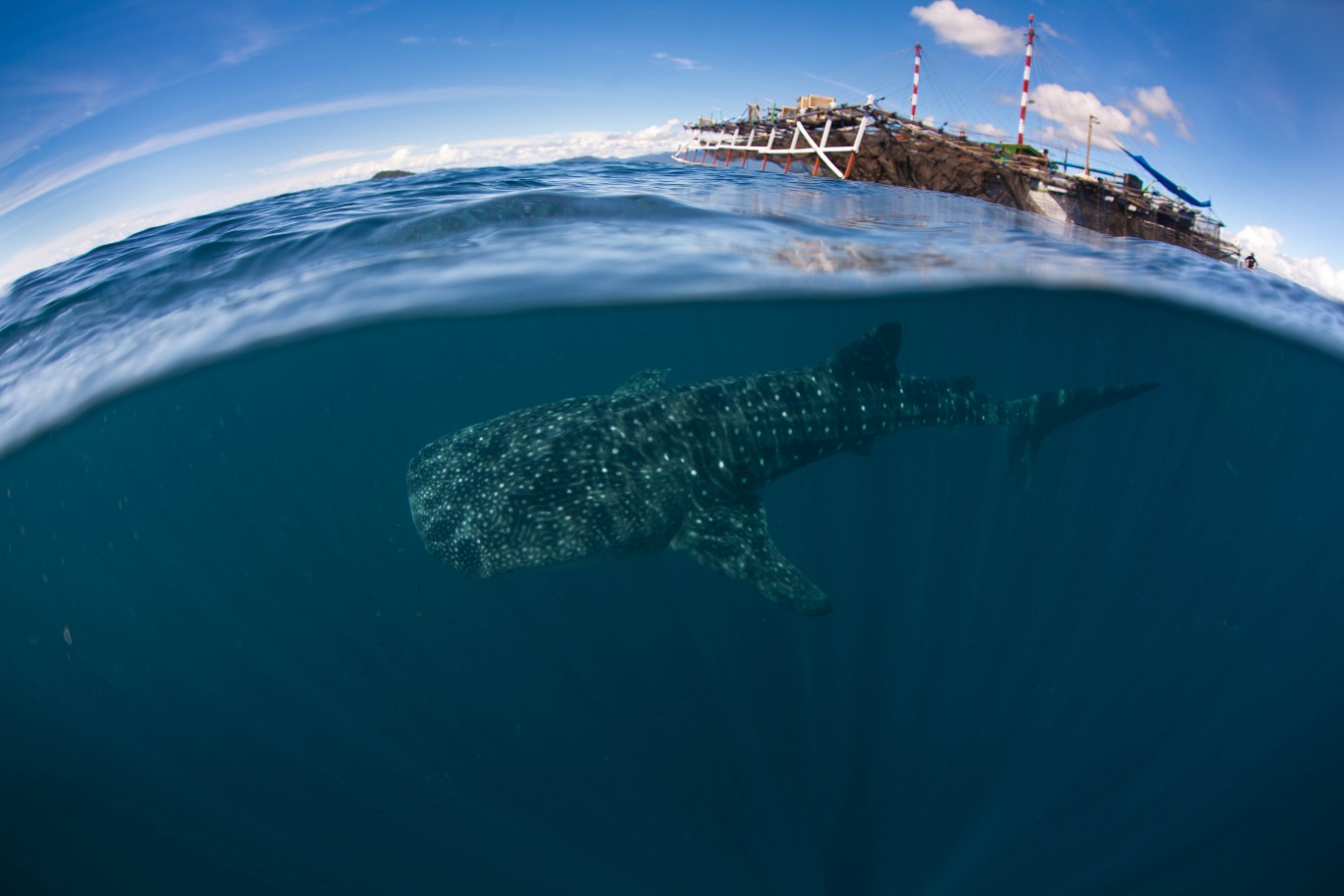
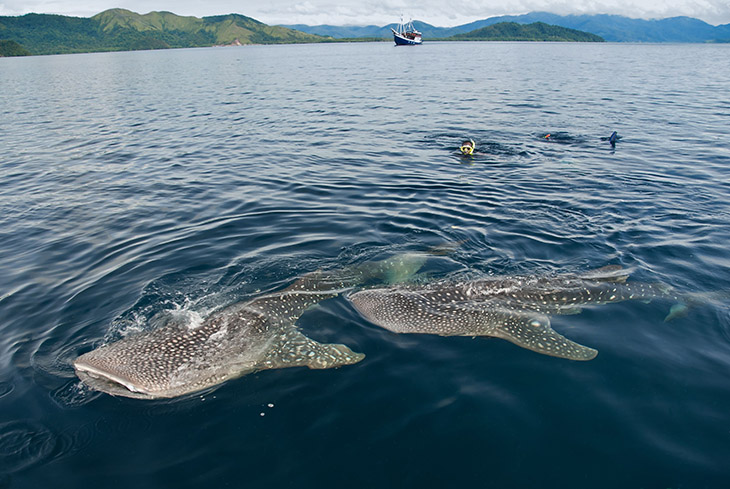
We tried to track them down just after New Year in Triton Bay but alas had no luck. The trick is to seek out the trimaran fishing platforms, called “bagans” often anchored inside the Namatote Strait or working around the north coast of Namatote Island. In the early morning whale sharks are attracted to the bagans, especially near the dark of the moon so the key is to try to get to one at first light and ask for “ikan besar” (literally, big fish). Dinghies are welcome to tie up to a bagan and swim with the whale sharks, and the fishermen will throw the sharks fish now and then to keep them around. They will use about 1 bucket to keep the attention of a whale shark for about 30 minutes. You can often see the large dorsal fin cutting the water. Whale sharks only eat small fish, but they can suck a tremendous amount of water through their large mouths, so you should be careful when in front of one.
Unfortunately, as it was just after New Year, there weren’t so many bagans working in the Triton Bay area when we were there and it was also a full moon, something that’s meant to put the whale sharks off slightly. And of course having two disappointed little ones, so keen to swim with “the big fish”, meant that we too resorted to Attenborough for some virtual consolation sightings. So our search will have to continue, perhaps we’ll have better luck the next time we’re in Flores.
